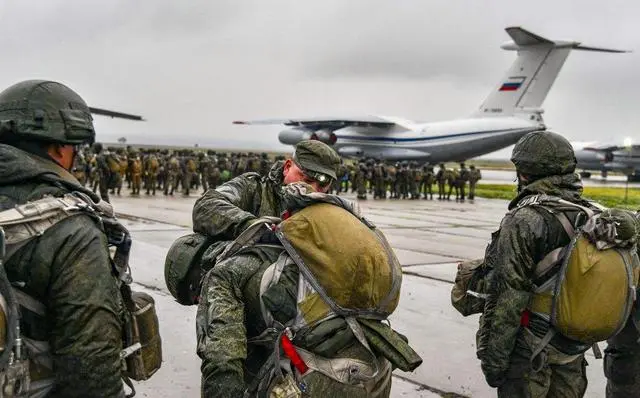In the early hours of October 7, 2023, around 6:30 am local time, Hamas (Islamic Resistance Movement) from Palestine launched a sudden attack on Israel. Arguably, this assault was the most significant Israel-Palestine conflict in 20 years, with Hamas achieving surprising success. Within merely 24 hours, Palestine reaped significant military gains, even capturing Nimrod Aloni, an Israeli Army Brigadier General.
Many believe that Palestine’s tactical execution during this offensive has served as a lesson for Russia. The resolute and aggressive approach by Hamas, targeting Israeli power stations and even military camps, was commendable. However, equating this success to a lesson for Russia is an exaggeration. Israel’s depth and Ukraine, where Russia is engaged, are incomparable in scale.
The area affected by Hamas’s surprise attack, mainly the Gaza Strip and its surrounding regions, covers only a few hundred square kilometers.
In contrast, Ukraine covers approximately 600,000 square kilometers. Labeling Hamas’s “Al-Aqsa Flood Operation” as minor skirmishes in comparison to Russia’s invasion of Ukraine is reasonable.
In fact, when Russia initiated its surprise assault on Ukraine, it also showcased aggressive preemptive tactics. For instance, at the onset of the Russo-Ukrainian conflict, the 31st Russian Airborne Brigade rapidly advanced on Kyiv’s Antonov Airport with a mere 200 soldiers, firmly establishing a foothold.
These troops managed to hold the airport for several hours against forces estimated to be 20 times their number and subsequently retreated without significant casualties.
Despite not achieving the strategic goal, the tactical proficiency of the Russian forces was considerably superior to Hamas’s offensive against Israel. The primary reason for the failure of the Russian operation was the lack of follow-up support after the airborne brigade’s initial successes.
Of course, there are still lessons to be gleaned from Palestine’s military actions. They employed a tactic many major military powers are exploring: “aerial infiltration.”
The recent footage shows many Palestinian paratroopers using powered parachutes. Given the results, this tactic seems successful. Israeli forces were caught off guard, unprepared for this form of assault.
Many countries have explored this tactic, including China, but none had deployed it in real combat due to the vulnerability and noise of the powered parachutes. The daring use by financially strapped Palestine could mean that this tactic may soon be discussed in military textbooks worldwide.
However, the situation remains unfavorable for Hamas. Despite the seeming success of their operations, they have not secured any strategic advantages. The asymmetry between the guerrilla-style Hamas and the well-equipped Israeli Defense Forces is significant.
Israel’s current challenge arises from their unpreparedness and the need to maintain security in the Gaza border areas, preventing further escalations by Palestinians.
Once Israel declares a war footing, the tables are expected to turn on Hamas. It is unrealistic for Hamas to believe they can defeat or force Israel to withdraw from occupied territories with their current military strength.
Moreover, other Middle Eastern countries’ positions remain ambiguous. Although several nations have voiced support for Palestine, by October 9th, no Middle Eastern country or official organization, except Hezbollah, has sent troops to aid Hamas.
From Hamas’s perspective, the ideal scenario would be to capitalize on their current momentum, negotiate a ceasefire with Israel, and solidify their gains to enhance their influence and reputation.
Therefore, on October 10th, senior Hamas official Musa Abu Marzook expressed willingness to discuss a ceasefire with Israel.
Post this military action, both Israel and Palestine will undoubtedly review their policies. Right-wing ideologies in Israel will likely gain traction, advocating for more extreme policies against Palestine.
Internal issues, like protests against judicial reforms initiated by the Netanyahu administration, can be overshadowed by focusing on external threats like Hamas.
Meanwhile, Hamas’s recent successes can amplify its stature within the Islamic world, increasing global focus on both the organization and Palestine. Their actions could be seen as a manifestation of the waning American influence in the current international landscape.
Following the U.S. withdrawal from Afghanistan, America has been scaling back its involvement in the Middle East. This reduction has initiated shifts in the Middle Eastern dynamics, with major powers eager to establish their dominance.
Palestine’s recent actions might just be the beginning, signaling more significant upheavals in the Middle East in the future.


